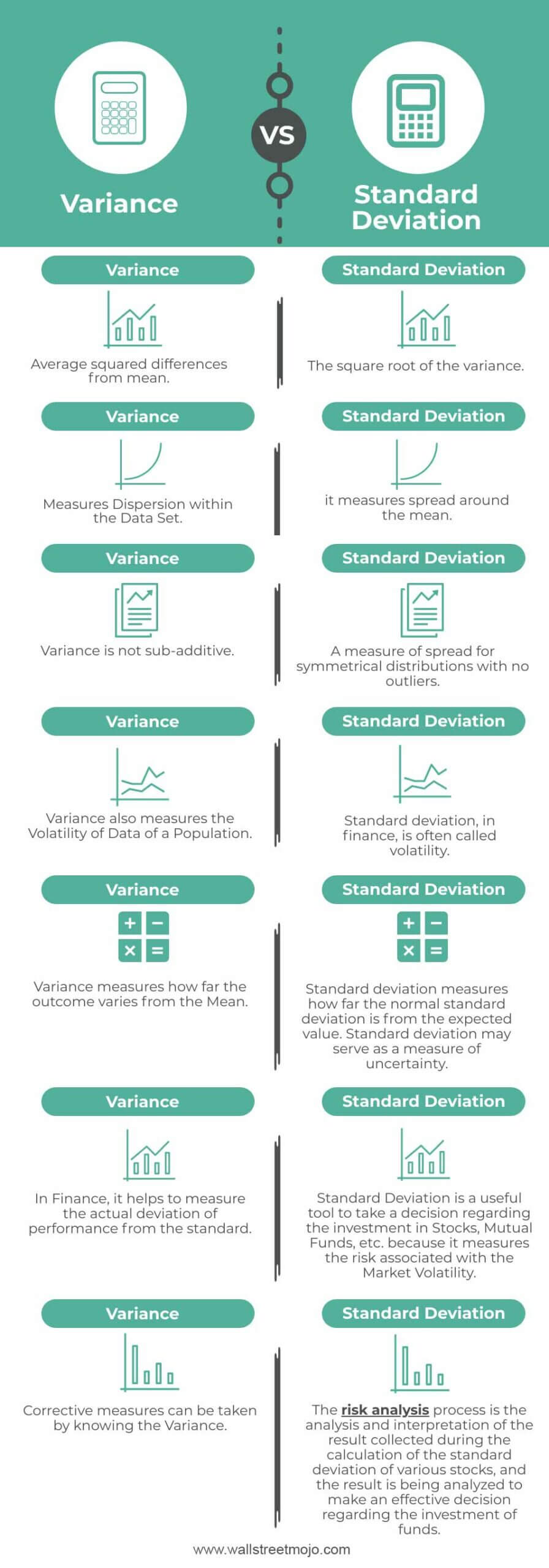

- RESULTS BECOME MORE ACCURATE STANDARD DEVIATION HOW TO
- RESULTS BECOME MORE ACCURATE STANDARD DEVIATION FULL
RESULTS BECOME MORE ACCURATE STANDARD DEVIATION FULL
Just like the sample mean, a sample standard deviation exists for samples of a population, if you are not given data or a probability distribution for the full population. Standard deviation will appear again in year \(12\) when looking at continuous distributions, so make sure you’re comfortable with the concept! \(Standard \ deviation=σ=\sqrt(Variance)\) In general, you can obtain the standard deviation by taking the square root of the variance, even if you are dealing with probability distributions instead of data sets: The standard deviation scales the same way as our data, making it a useful statistic to measure. understand that a sample mean, \(\overline\)Īnd our old variance was \(1.6\), which means our old standard deviation was \(\sqrt1.6\) which is half of our standard deviation for our doubled second set.recognise the variance, \(Var(?)\), and standard deviation \((?)\) of a discrete random variable as measures of spread, and evaluate them in simple cases (ACMMM141).use discrete random variables and associated probabilities to solve practical problems (ACMMM142) AAM.NESA requires students to demonstrate proficiency in the following syllabus dot points:

Sample vs population standard deviation.You will encounter the standard deviation again when considering probability distributions in year 12.Īdditionally, a good understanding of standard deviation is key for using statistics appropriately after high school. Variance and standard deviation are measures of spread, extending upon your statistics knowledge from earlier years. Year 11 Advanced Mathematics: Statistics for Variance and Standard Deviation You’re not the only one! In this blog post, we’ll cover the meaning of Variance and Standard deviation to help you prepare for Year 11 Advanced Maths.
RESULTS BECOME MORE ACCURATE STANDARD DEVIATION HOW TO
Besides, this way the cost of surveying the entire population.Are you confused about how to calculate and manipulate the variance and standard deviation for related sets of data?



 0 kommentar(er)
0 kommentar(er)
